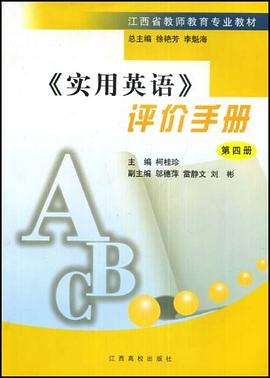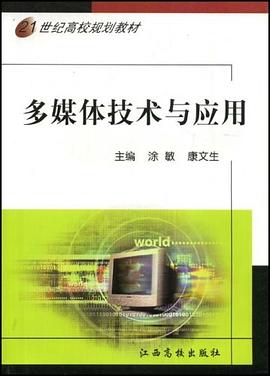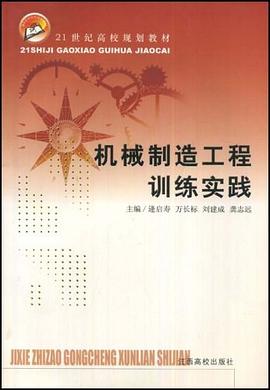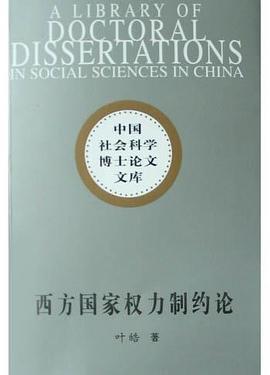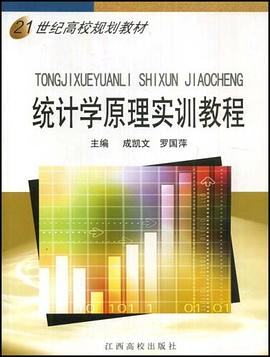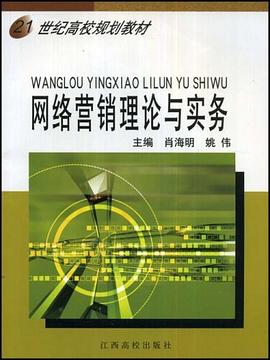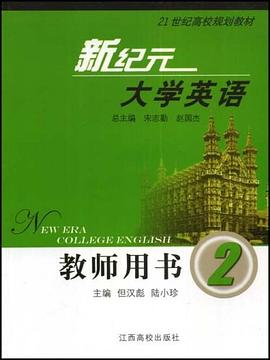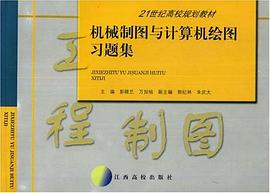Contents
1.Introduction
1.1 What is a Molecule?
1.2 Goals and Methods
1.3 Historical Remarks
1.4 The Significance of Molecular Physics and Quantum Chemistry
for Other Fields
2.Mechanical Properties of Molecules, Their Size and Mass
2.1 Molecular Sizes
2.2 The Shapes of Molecules
2.3 Molecular Masses
2.4 Momentum, Specific Heat, Kinetic Energy
3.Molecules in Electric and Magnetic Fields
3.1 Dielectric Properties
3.2 Nonpolar Molecules
3.3 Polar Molecules
3.4 Index of Refraction, Dispersion
3.5 The Anisotropy of the Polarisability
3.6 Molecules in Magnetic Fields, Basic Concepts and Definitions
3.7 Diamagnetic Molecules
3.8 Paramagnetic Molecules
4.Introduction to the Theory of Chemical Bonding
4.1 A Brief Review of Quantum Mechanics
4.2 Heteropolar and Homopolar Bonding
4.3 The Hydrogen Molecule-Ion, H2
4.4 The Hydrogen Molecule, H2
4.4.1 The Variational Principle
4.4.2 The Heitler-London Method
4.4.3 Covalent-Ionic Resonance
4.4.4 The Hund-Mullikan-Bloch Theory of Bonding in Hydrogen
4.4.5 Comparison of the Wavefunctions
4.5 Hybridisation
5.Symmetries and Symmetry Operations: A First Overview
5.1 Fundamental Concepts
5.2 Application to Benzene:
the nr-Electron Wavefunctions by the Huckel Method
5.3 The Hiickel Method Once Again.
The Energy ofthe TT-Electrons
5.4 Slater Determinants
5.5 The Ethene Wavefunctions. Parity
5.6 Summary
Symmetries and Symmetry Operations
6.A Systematic Approach*
6.1 Fundamentals
6.2 Molecular Point Groups
6.3 The Effect of Symmetry Operations on Wavefunctions
6.4 Similarity Transformations and Reduction of Matrices
6.5 Fundamentals of the Theory of Group Representations
6.5.1 The Concept ofthe Class
6.5.2 The Character ofa Representation
6.5.3 The Notation for Irreducible Representations
6.5.4 The Reduction of a Representation
6.6 Summary
6.7 An Example: The E^O Molecule
7.The Multi-Electron Problem in Molecular Physics
and Quantum Chemistry
7.1 Overview and Formulation ofthe Problem
7.1.1 The Hamiltonian and the Schrodinger Equation
7.1.2 Slater Determinants and Energy Expectation Values
7.2 The Hartree-Fock Equation.
The Self-Consistent Field (SCF) Method
7.3 The Hartree-Fock Method for a Closed Shell
7.4 The Unrestricted SCF Method for Open Shells
7.5 The Restricted SCF Method for Open Shells
7.6 Correlation Energies
7.7 Koopman's Theorem
7.8 Configuration Interactions
7.9 The Second Quantisation
7.10 Resume ofthe Results ofChapters 4-7
8.Overview of Molecular Spectroscopy Techniques
8.1 Spectral Regions
8.2 An Overview of Optical Spectroscopy Methods
8.3 Other Experimental Methods
9. Rotational Spectroscopy
9.1 Microwave Spectroscopy
9.2 Diatomic Molecules
9.2.1 The Spectmm of the Rigid Rotor (Dumbbell Model)
9.2.2 Intensities
9.2.3 The Non-Rigid Rotor
9.3 Isotope Effects
9.4 The Stark Effect
9.5 Polyatomic Molecules
10. Vibrational Spectroscopy
10.1 Infra-red Spectroscopy
10.2 Diatomic Molecules: Harmonic Approximation
10.3 Diatomic Molecules. The Anharmonic Oscillator
10.4 Rotational-Vibrational Spectra ofDiatomic Molecules.
The Rotating Oscillator and the Rotational Structure of the Bands
10.5 The Vibrational Spectra of Polyatomic Molecules
10.6 Applications of Vibrational Spectroscopy
10.7 Infra-red Lasers
10.8 Microwave Masers
11. The Quantum-Mechanical Treatment
of Rotational and Vibrational Spectra
11.1 The Diatomic Molecule
11.1.1 The Bom-Oppenheimer Approximation
11.1.2 Justification ofthe Approximations
11.2 The Rotation of Tri- and Polyatomic Molecules
11.2.1 The Expression for the Rotational Energy
11.2.2 The Symmetric Top
11.2.3 The Asymmetric Top
11.3 The Vibrations ofTri- and Polyatomic Molecules
11.4 Symmetry and Normal Coordinates
11.5 Summary
12. Raman Spectra
12.1 The Raman Effect
12.2 Vibrational Raman Spectra
12.3 Rotational Raman Spectra
12.4 The Influence of Nuclear Spins on the Rotational Structure
13. Electronic States
13.1 The Structure ofBand Spectra
13.2 Types of Bonding
13.3 Electronic States ofDiatomic Molecules
13.4 Many-Electron States and Total Electronic States
ofDiatomic Molecules
14. The Electronic Spectra of Molecules
14.1 Vibrational Structure ofthe Band Systems ofSmall Molecules;
The Franck-Condon Principle
14.2 The Rotational Structure of Electronic Band Spectra
in Small Molecules; Overview and Selection Rules
14.3 The Rotational Structure ofthe Band Spectra of Small Molecules;
Fortrat Diagrams
14.4 Dissociation and Predissociation
14.5 Applications ofBand Spectra
14.6 The Electronic Spectra ofLarger Molecules
15. Further Remarks on the Techniques of Molecular Spectroscopy
15.1 The Absorption ofLight
15.2 Radiationless Processes
15.3 The Emission ofLight
15.4 Cold Molecules
15.5 Dye Lasers
15.6 High-Resolution Two-Photon Spectroscopy
15.7 Ultrashort Pulse Spectroscopy
15.8 Photoelectron Spectroscopy
15.9 High-Resolution Photoelectron Spectroscopy
16. The Interaction of Molecules with Light:
Quantum-Mechanical Treatment
16.1 An Overview
16.2 Time-Dependent Perturbation Theory
16.3 Spontaneous and Stimulated Emission
and the Absorption of Light by Molecules
16.3.1 The Form ofthe Hamiltonian
16.3.2 Wavefunctions ofthe Initial and Final States
16.3.3 The General Form ofthe Matrix Elements
16.3.4 Transition Probabilities and the Einstein Coefficients
16.3.5 The Calculation ofthe Absorption Coefficient
16.3.6 Transition Moments, Oscillator Strengths,and Spatial Averaging
16.4 The Franck-Condon Principle
16.5 Selection Rules
16.6 Summary
17. Theoretical Treatment of the Raman Effect and the Elements of Nonlinear Optics
17.1 Time-Dependent Perturbation Theory in Higher Orders
17.2 Theoretical Description ofthe Raman Effect
17.3 Two-Photon Absorption
18. Nuclear Magnetic Resonance
18.1 Fundamentals ofNuclear Resonance
18.1.1 Nuclear Spins in a Magnetic Field
18.1.2 Detection of Nuclear Resonance
18.2 Proton Resonance in Molecules
18.2.1 The Chemical Shift
18.2.2 Fine Structure and the Direct Nuclear Spin-Spin Coupling
18.2.3 Fine Structure and the Indirect Nuclear Spin-Spin Coupling Between Two Nuclei
18.2.4 The Indirect Spin-Spin Interaction Among Several Nuclei
18.3 Dynamic Processes and Relaxation Times
18.4 Nuclear Resonance with Other Nuclei
18.5 Two-Dimensional Nuclear Resonance
18.6 Applications ofNuclear Magnetic Resonance
19. Electron Spin Resonance
19.1 Fundamentals
19.2 The g-Factor
19.3 Hyperfine Strueture
19.4 Fine Structure
19.5 Calculation of the Fine Structure Tensor and the Spin Wavefunctions of Triplet States
19.6 Double Resonance Methods: ENDOR
19.7 Optically Detected Magnetic Resonance (ODMR)
19.8 Applications of ESR
20. Macromolecules, Biomolecules, and Supermolecules
20.1 Their Significance for Physics, Chemistry, and Biology
20.2 Polymers
20.3 Molecular Recognition, Molecular Inclusion
20.4 Energy Transfer, Sensitisation
20.5 Molecules for Photoreactions in Biology
20.6 Molecules as the Basic Units of Life
20.7 Molecular Functional Units
21. Molecular Electromcs and Other Applications
21.1 What Is it?
21.2 Molecular Conductors
21.3 Molecules as Switching Elements
21.4 Moleculesas Energy Conductors
21.5 Molecular Storage Elements
21.6 Spectroscopy of Single Molecules in the Condensed Phase
21.7 Electroluminescence and Light-Emitting Diodes
21.8 The Future: Intelligent Molecular Materials
Appendix
Al. The Calculation of Expectation Values
Using Wavefunctions Represented by Determinants
A.1.1 Calculation of Determinants
A.1.2 Calculation of Expectation Values
A.2.3 Calculation of the Density of Radiation
Bibliography
Subject Index
Fundamental Constants of Atomic Physics (Inside Front Cover)
Energy Conversion Table (Inside Back Cover)
· · · · · · (
收起)



